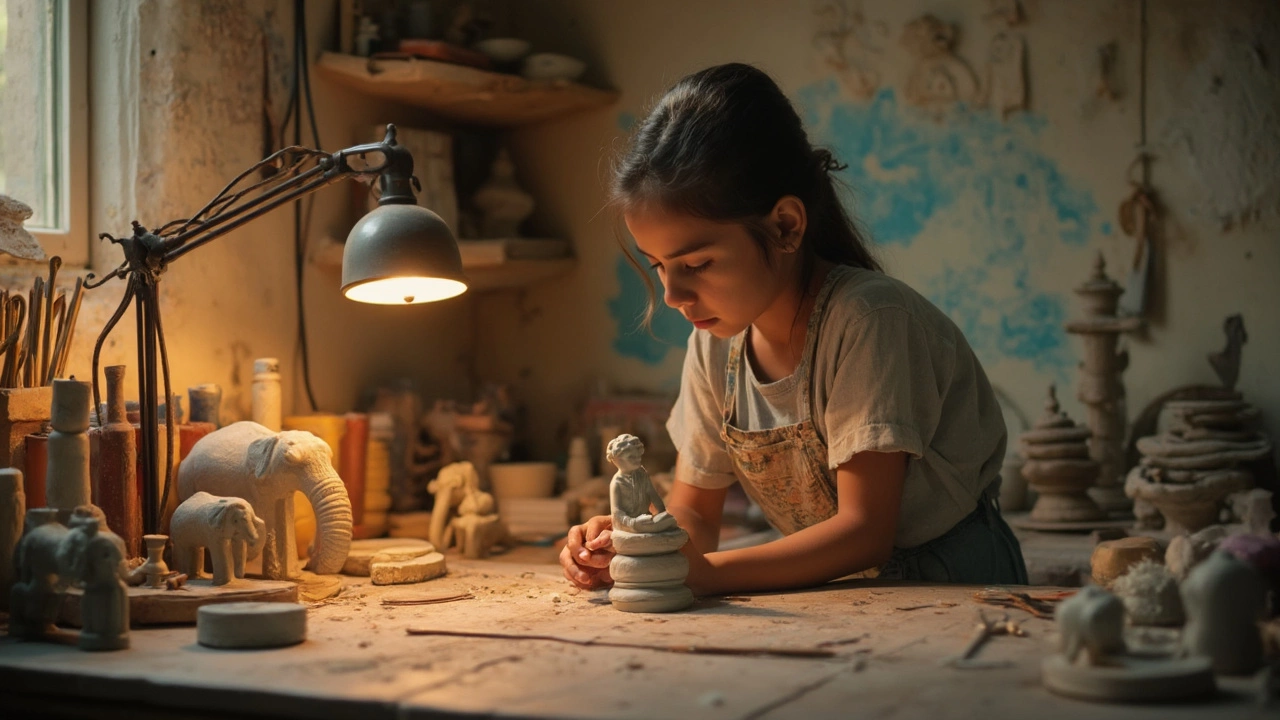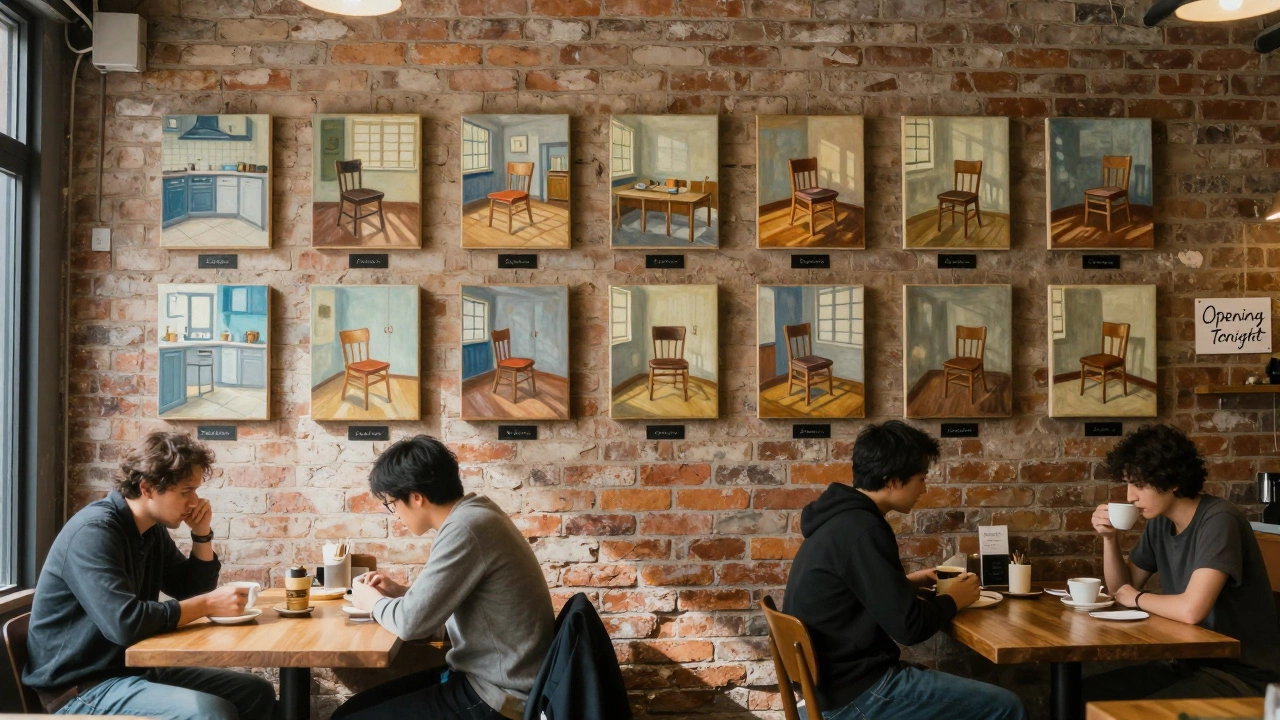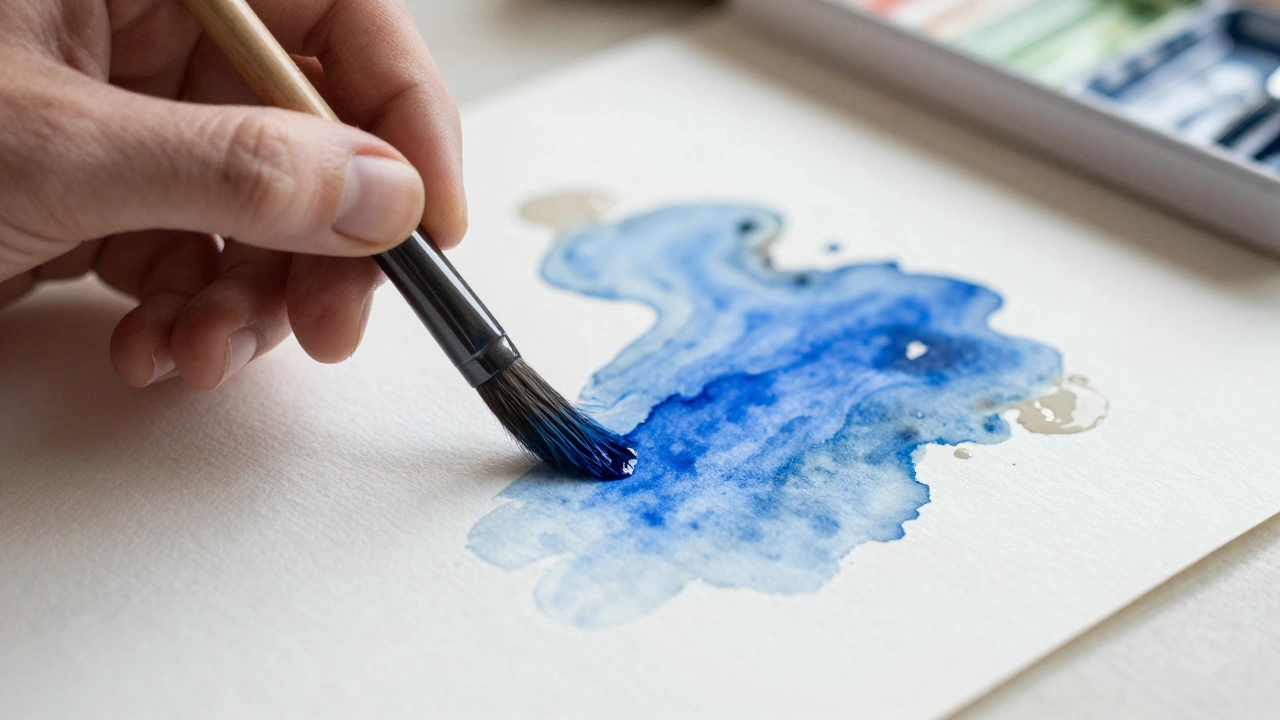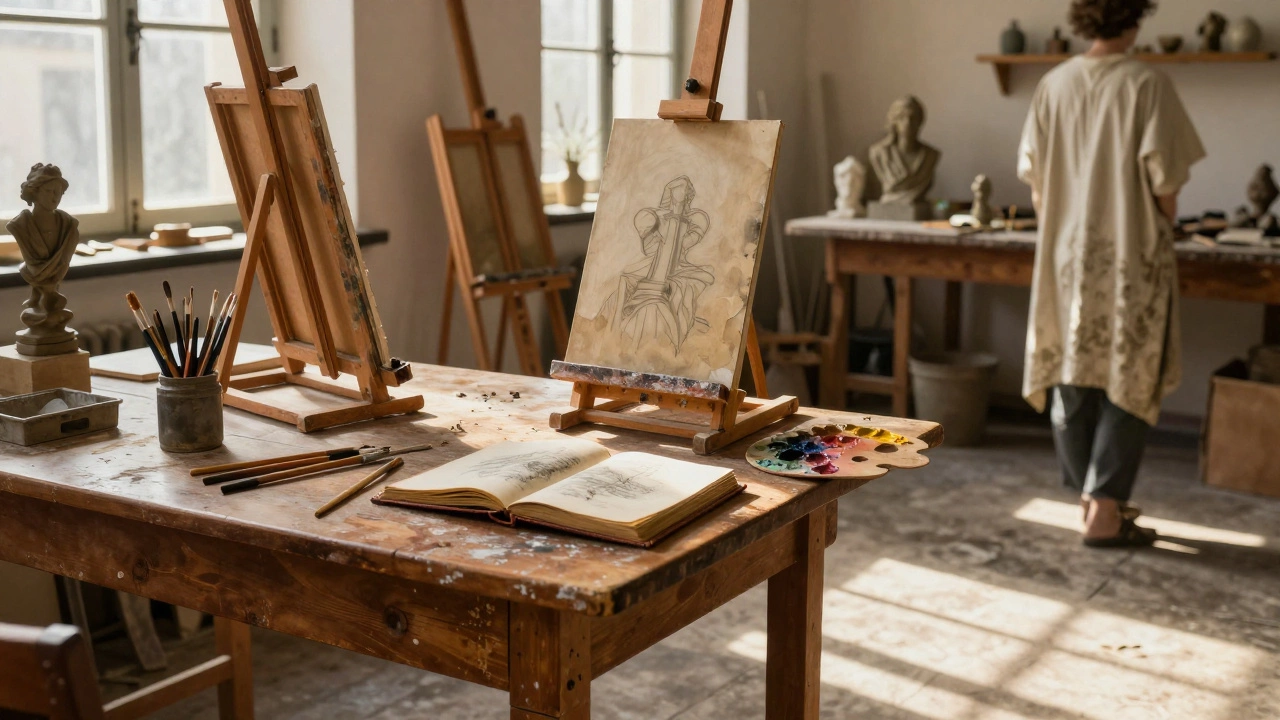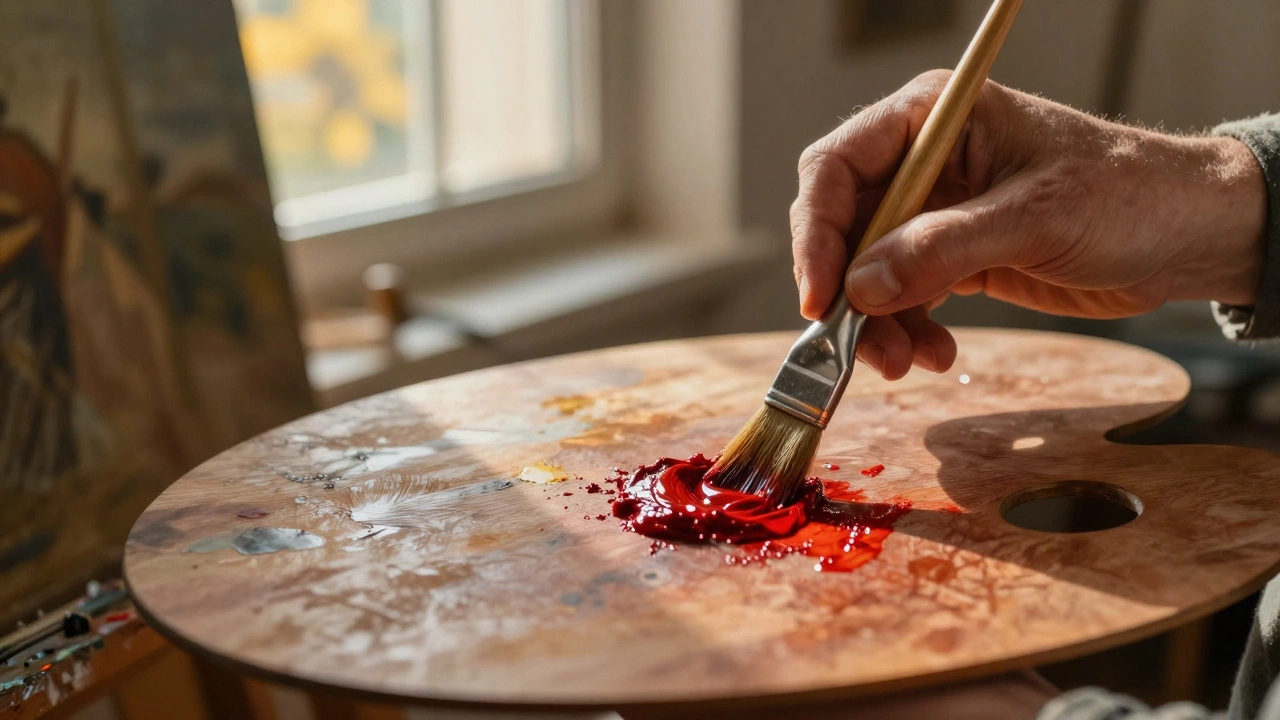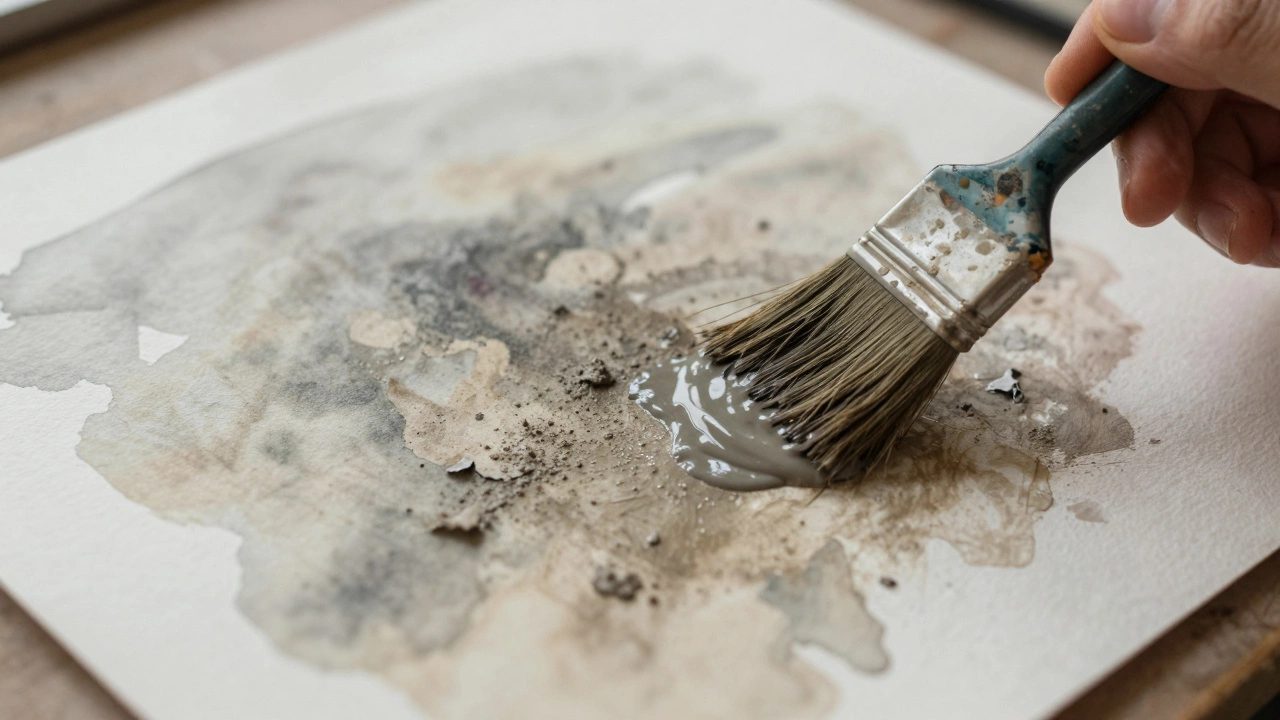So you've decided to dive into the world of sculpting, but what's the first step? Choosing a subject to sculpt as a beginner can be tricky because, let's face it, you don't want to start with something too complicated. The good news is there are plenty of straightforward projects that can set you on the right path.
Beginners often start with simple, everyday objects like a fruit bowl or a small animal figure. These are great because they offer clear outlines and don't require intricate details, allowing you to get the feel of your tools and materials without feeling overwhelmed.
Ready to choose your first project but not sure where to begin? Take a look around your home or garden for inspiration. You'll be surprised how everyday objects can become the muses for your first creations. Plus, working on something you see often helps you recognize the forms and textures you aim to recreate, making the process more intuitive.
Don't rush to complete your first masterpiece. Keep it fun and experimental, and consider documenting your progress. This way, you can look back and see how far you've come, turning each project into a learning experience. Remember, every sculptor started with a first lump of clay!
- Why Start with Sculpting?
- Choosing Your First Sculpture
- Materials and Tools for Beginners
- Tips for a Successful Sculpting Experience
- Common Mistakes and How to Avoid Them
Why Start with Sculpting?
If you're considering diving into the world of art, sculpture is a fantastic place to start. Why? Well, unlike some other forms of art, sculpting gives you a three-dimensional way to express your creativity. It's not just about seeing your ideas come to life; it's about feeling them too.
One of the top reasons to begin with sculpting is its versatility. You can work with a variety of materials like clay, stone, wood, or even recycled materials. This flexibility means there's something for everyone, regardless of your skill level or budget.
Hands-On Experience
Sculpting is a hands-on art form. You're not just painting or drawing; you're molding, carving, and constructing. This full-body engagement is not only satisfying but also beneficial for improving motor skills and spatial awareness. It's a bit like putting together a three-dimensional puzzle that you design yourself.
Therapeutic and Fun
Sculpting is known for its therapeutic benefits. The act of shaping and molding materials can help reduce stress and improve focus. Plus, it's just plain fun! Watching as your block of clay turns into a recognizable object is incredibly rewarding.
Cultural and Historical Significance
Sculpting is one of the oldest forms of art, going back thousands of years. It's pretty cool to know you're part of a long tradition that includes masters like Michelangelo and Rodin. Understanding the history and evolution of sculpture can be both inspiring and educational.
In short, starting with sculpting offers a practical way to explore your creative side, de-stress, and learn new things about art and culture. So why not give it a try? You might just find it to be your newfound passion.
Choosing Your First Sculpture
When starting out in sculpture, the choice of your first project can make all the difference in building confidence and skills. It's like when learning to ride a bike; you wouldn't start with a mountain trail. Similarly, your first sculpting project should be simple yet satisfying. So, how do you decide what to create?
Start Small: Simple Shapes
Begin with something manageable, like a basic shape. Popular options among beginners include small animals like turtles or owls, fruit like apples or bananas, or even abstract forms like spheres or cubes. Such projects provide a solid foundation without overwhelming you with detail. Plus, mastering these forms gives you a good grasp of different aspects of sculpting, like symmetry and texture.
Seek Inspiration: Look Around You
Finding inspiration close to home can spark ideas you hadn't thought possible. Look around your environment; it could be a set of keys, a plant, or even your pet’s favorite toy. These objects are not only accessible but also familiar—making it easier to notice details and replicate them in your work.
Consider the Material: What Feels Right?
The material you choose to work with often dictates the type of project you can undertake. For first-timers, clay is generally recommended due to its flexibility and ease of use. Clay allows for adjustments and refinements after the initial shape is formed. Other materials to consider are soap and wax; they are soft and forgiving, allowing you to experiment without needing specialized tools.
| Material | Pros | Cons |
|---|---|---|
| Clay | Flexible, easy to shape | Can dry out quickly |
| Soap | Easy to carve, inexpensive | Prone to breaking |
| Wax | Malleable, reusable | Requires melting tools |
Set Goals: What's Your Endgame?
Defining your aims can help streamline your choices. Are you looking to improve hand skills, understand textures, or simply enjoy the creative process? Your goals will be your guide. Set realistic expectations to keep frustration at bay and excitement high.
Ultimately, the key is to choose something that doesn't daunt but rather inspires. A simple project that allows creative freedom will not only boost your confidence but also make you fall in love with the art of sculpture. Embrace the imperfections, and enjoy the journey!
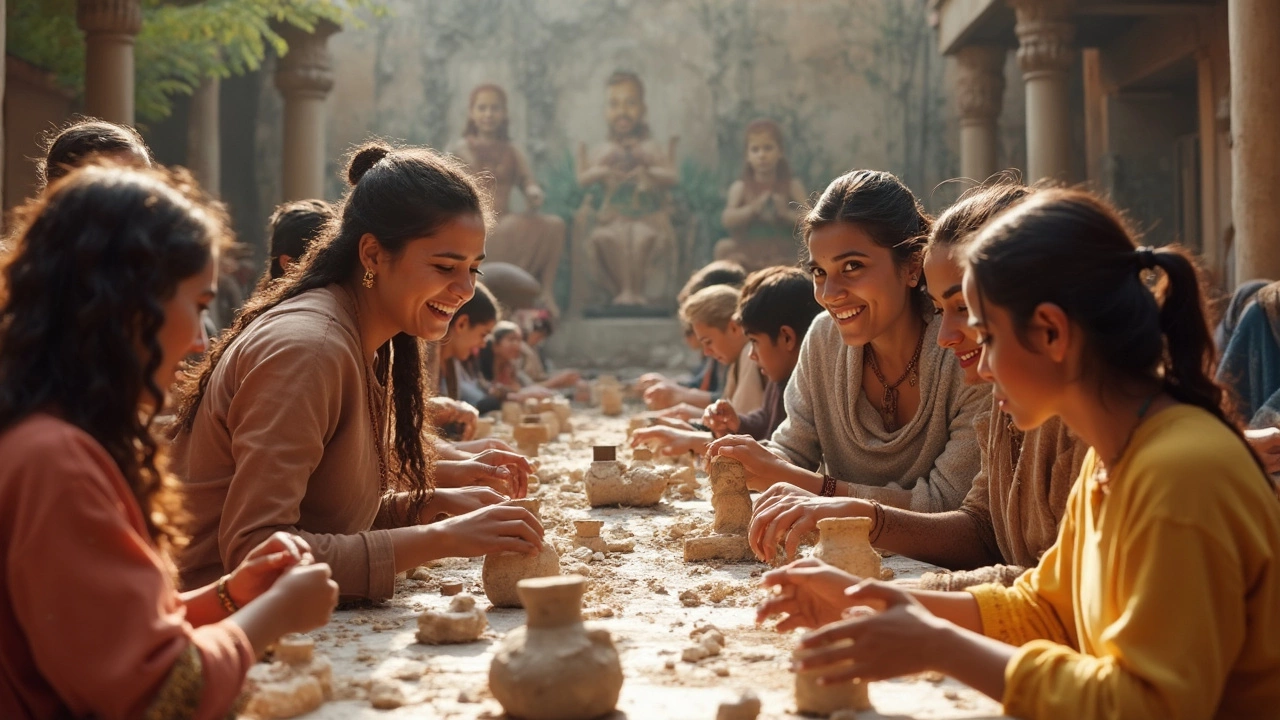
Materials and Tools for Beginners
Starting your journey into sculpture doesn't have to break the bank. As a beginner, you'll want to start with easy-to-handle materials that allow you to learn the basics without feeling intimidated. Let’s dive into some of the must-haves for every newbie sculptor.
Clay: The Beginner's Best Friend
To begin your sculpting adventure, picking up some clay is a smart choice. Air-dry clay is popular among beginners because it doesn’t require a kiln. You just shape your creation, let it dry, and voilà! Polymer clay is another option, ideal for smaller models and requires only an oven to cure.
Tools of the Trade
When it comes to sculpting, the right tools can make your life much easier. Thankfully, you don’t need many to start:
- Wooden or metal carving tools: They’re perfect for shaping and adding details.
- Wire cutters: Use these for cutting wire frames if you’re trying to give your clay structure some support.
- Sponges and brushes: These help with smoothing and adding finer details.
“A sculptor should know how to use all the tools in the toolbox, but sometimes you end up preferring the simplest ones.” – Michelangelo’s methods inspire today's artists.
Additional Supplies
Don’t forget about other basics like sandpaper for smoothing rough edges, and paints or varnishes to give your piece a finished look. Investing a little in these materials helps in bringing your creations to life.
| Material | Price Range |
|---|---|
| Air-dry Clay | $10 - $20 |
| Polymer Clay | $15 - $25 |
Each of these materials and tools has its specific purpose and advantages, enabling you to explore your creativity. Keep everything simple and don’t stress too much about perfection when you’re just starting out. Happy sculpting!
Tips for a Successful Sculpting Experience
Getting started with sculpting can be a rewarding experience, but a few helpful tips can make the process smoother and more enjoyable. Let’s dive into some practical advice to keep your creative juices flowing.
1. Start Simple
It’s easy to want to create intricate masterpieces right away, but begin with simple forms. Explore the properties of the materials and tools you're using. Understanding how clay behaves and how tools work on it will provide a solid foundation for more complex projects.
2. Stay Patient
Patience is key in art. Sometimes projects don't come out as expected, and that’s perfectly okay. Take your time and don't rush to avoid frustration. Often, letting a piece dry or setting it aside for a bit can offer fresh perspective.
3. Utilize Reference Images
Work with reference images. They're great for understanding proportions and details you might not notice otherwise. Keep your subject in view as you sculpt and regularly compare to ensure accuracy.
4. Practice Consistently
Like any skill, practice makes perfect. Dedicate regular time to your sculpting. Even short daily sessions can improve your skills drastically over time. Consistency is more valuable than intensity.
5. Use The Right Tools
Planning to work with certain materials? Make sure you’re equipped with the right tools. While initially it might seem alluring to buy a bunch of tools, you can start off with a basic set and expand as needed. Here’s a simple toolset for beginners:
- Clay modeling tools: for shaping and detailing
- Wire cutter: perfect for slicing and dividing clay
- Loop and ribbon tools: to carve and hollow out clay
- Sponge: for smoothing surfaces
6. Share Your Work
Don't be afraid to share your creations. Feedback can be invaluable and help you see areas for improvement. Join online communities or local art groups to connect with fellow beginner sculptors.
7. Keep an Eye on Your Health
Finally, look after your physical health. Maintain a proper posture to avoid strain during long sessions, and use protective gear like masks if working with materials that create dust.

Common Mistakes and How to Avoid Them
Diving into sculpting can be a rewarding journey, but like any art form, it comes with its own set of challenges. Avoiding common beginner mistakes can save you time and frustration. Let's break down some typical errors and how to steer clear of them.
Overcomplicating the First Project
It's easy to get ambitious, but tackling a complex piece right off the bat can lead to frustration. Start small and gradually increase the difficulty as you gain confidence. Remember, a successful small sculpture is more encouraging than an unfinished big one.
Ignoring the Importance of Tools
Many beginners underestimate the role of good quality tools. Investing in basic high-quality tools can make a significant difference in your experience and results. Ensure they are appropriate for the material you choose, whether it's clay, wood, or stone.
Using the Wrong Materials
Selecting materials that are too challenging can be discouraging. For newbies, clay is usually a great starting place because it's forgiving and easy to manipulate. Avoid hard materials like marble until you're more experienced.
Skipping the Armature
An armature provides structure and prevents your sculpture from collapsing. Skipping this step is a common pitfall. Always create or use an armature for any standing sculptures, especially if you're working with soft or heavy materials.
Neglecting Research
Doing some basic research on techniques and methods can go a long way. Check out books, watch tutorials, or even take a beginner workshop. This guidance can introduce you to new techniques and tips you might not have considered.
Not Practicing Patience
Rushing through a sculpture without planning can result in unplanned shapes or even total collapse. Take your time to plan and step back frequently to look at your work from different angles. Remember, patience is key to any successful sculpture.
By steering clear of these common missteps, you'll find yourself on a smoother path in your sculpting journey. Remember, it's all about learning and growing with each piece you create!
